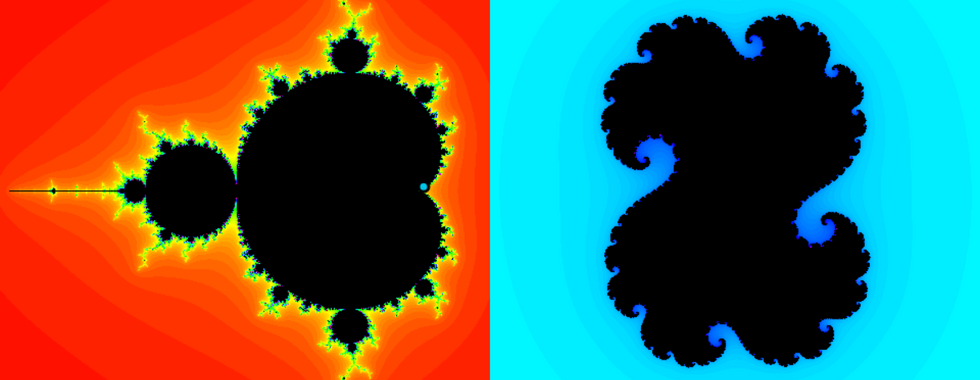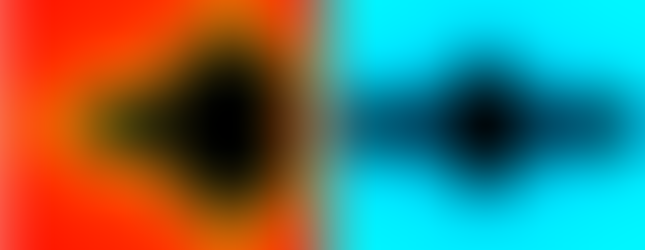Human intelligence is rooted in our ability to perceive ourselves and reflect on our position in the world.
My practice explores how humans are positioned in the world, how their personalities are formed, and their relationship with their technologies. It is an attempt to peel off the veils that keep humanity in its state of psychosis.

The Eccentric positionality of the human
In his book “The Levels of Organic Life and the Human: Introduction to Philosophical Anthropology”, Helmuth Plessner explains the concept of the positionality of living beings.
Positionality has to do with boundaries and with the way an organism bounds itself.
Things are only located in space. Life is freedom of form within a form.
An object only fills space. An organism takes its place in the medium.
Objects have borders while organisms have boundaries, like a skin, that separate and protect them while allowing them to ingest, sense, eject, etc.
Positionality is a two-way relation of the body into the body and away from the body.
I use the typology of the Moebius strip to illustrate positionality in relation to time. The centered nature of animals navigates on the surface of the Moebius strip, in the here and now, so the ribbon appears as a continuously perceived loop of events.
Humans, being both in the past and the future, nowhere and never, navigate at a distance from the surface that allows them to perceive the twist in the surface of the Moebius strip, and perceive its ambiguity.
In my artistic practice, I make heavy use of noise feedback (Larsen effect) and video feedback, which are exponential, chaotic, and dynamic systems.
Feedback uses delay which is a great analogy for the eccentric positionality of humans and the double-sided relationship they have with their bodies and environment. It also exhibits behaviors of auto-similarity and auto-organization that illustrate the emergence of consciousness, and self-reflexivity.
It also accounts for the mediation, the milieu, the grey area, the border, and the boundary.
Disintegration
Kazimierz Dąbrowski was a Polish psychologist, psychiatrist, and physician born in 1902. He developed a theory of the formation of personality.
He argues that humans navigate levels of integration, primary and secondary. The sense of personality arises as the individual resolves the conflicts between the levels of integration, which is the process that Dabrowski calls disintegration. We can link this to positionality as it is also a two-way relation between primary and secondary integration, with the in-between process of disintegration as a shared world.
Here again, we are faced with processes of feedback, auto-organization, and the threefold situation of humans. Personality develops through iterative processes, accumulating individual differences and adapting to changing circumstances, under many constraints.
Fractal geometry gives a visual and conceptual perspective to understand the multifaceted and ever-evolving nature of human identity.
The Mandelbrot set can be defined as the connectedness locus of the family of quadratic polynomials f(z)=z²+c, the subset of the space of parameters c for which the Julia set of the corresponding polynomial forms a connected set.
It is a closed set with complex boundaries.
We can liken the development of the personality to the process of resolving one’s equation with ever-changing parameters.
As humans, our perception is fragmented, and what we consider our identity is like a map in relation to the rhizome in Deleuze’s terms, an extract. The relationship between our consciousness and the entirety of what we are is like the relationship between one particular Julia Set and the Mandelbrot ensemble.
(On the right is the Mandelbrot Set, and on the left is the Julia Set for a particular position in the Mandelbrot Set.)
toward Homo Gemeinwesen
Jacques Camatte is a French philosopher born in 1935. He proposes a philosophy that is both very dense and very clear, rooted in materialism and the work of Marx and Bordiga. He also draws from ethnology and in particular the work of André Leroi-Gourhan on prehistory and the anthropology of technics, as a framework for thinking about humanity against an enlarged backdrop. Even though his thoughts are very critical of technology and mediation in general, his work must not be seen as reactionary, or romantic primitivism. It is a description of a possible pathway for the human species, an end to the wandering of humanity.
Camatte posits that humanity, faced with the trauma of the threat of extinction, developed processes of covering-over reality, through the development of knowledge. Humans experience their discontinuity with nature in their wandering state. They keep replaying the initial threat through the process of ontosis, on an individual level, and spieciosis on the specie's level.
Eventually at the end of the process, inversion and uncovering will occur, allowing the emergence of a new species of humanity, Homo Gemeinwesen.
" The exit from nature has resolved nothing and nothing will be resolved as long as the dynamics of enmity will determine the behavior of men and women. Only tenderness, the manifestation of the naturality of the species, can generate an inversion by dissolving the imprint of the threat from which this dynamic is constantly set in motion. " Jacques Camatte, 2022.
The sense of touch is dominating in immediate communities, and I believe it will be primordial in the appearance of Homo Gemeinwesen.
Of touch, Aristotle tells us “ As regards the other senses, man falls short of many animals; in touch, he far surpasses them in the delicacy of his perceptions. Hence also man is the most intelligent of animals.”
Without a doubt, the developed sense of touch in humans has been extremely instrumental in their ability to construct and use complex composed tools. It is the most efficient sense for situating our body in the world.
The upward-standing position of Homo Sapiens allowed for a new use of the anterior limbs. Using their hands, humans also liberated their mouths and allowed for the continued use of language and the development of knowledge, culture, history, and concepts.
Touch is, in essence, the emergence of biological life out of chemistry, by the formation of the ability to be bound, and thus for the body to be in contact with the medium/environment. The creation of the membrane between the cell and its environment, and the qualities of tension and permeability constitute the first occurrence of touch.
The Kinesthetic Instrument
The Kinesthetic Instrument is a device designed to change the relationship of humans to machines through touch. It is used in a creative praxis aimed at stimulating positive disintegration and the emergence of Homo Gemeinwesen.
Building the KI is an ongoing process in which the body of the instrument is slowly defined.

It is an object of organic aspect with a complex array of sensors and it incorporates feedback processes that make it a dynamic and cybernetic nexus. It is mimicking living beings by using both patterns and bifurcations. It renders sensible the ambiguity of our eccentric positionality and the underlying principles of chaos that govern our relationship with the world.
The Kinesthetic Instrument receives sound input from two microphones which give it a binaural ability. The input is then processed by the software. By touching the instrument, one can alter the received sounds, changing parameters in the software depending on the values registered by the sensors. The receiver hears the processed sounds through headphones or spatialized speakers, as well as the ambient sounds received by the instrument. The receiver is both experiencing the sound from the outside world and the sound from inside the machine. It is placed in the boundary.

The extreme acceleration and extreme overload of the senses make it difficult to find space for subtility and endurance. The Kinesthetic Instrument is a creative instrument to practice touch with acute attention. Since the controls are not visible, only the hand can learn where and how to touch to go toward the desired result. By touching the Kinesthetic Instrument, one gets touched by it in return. Its direct reaction to touch makes it immediate. Its behavior, prone to volatility, encourages our capacity for astonishment.
The Kinesthetic Instrument helps us navigate the border of the fractal, confronting us with the contingency and immediacy of life. Using it puts us in a relationship of discovery. It is a machine with a certain level of agency that interrogates what we expect from machines. It allows us to let go of our Promethean shame and to accept the unforeseen and spontaneity. It reinforces our ability to participate in the cosmos.
The praxis of creation with the Kinesthetic Instrument is meant to encourage positive disintegration as a pathway to the end of ontosis. It is merely a tool for stimulating inversion.
























Comments